Knowing what vegetables go in gumbo can have a big impact on the flavor and overall quality of your dish.
Read Also:

Gumbo is a delicious and hearty soup that originates from Louisiana.
It is traditionally made with a roux, which is a mixture of flour and fat, and it is typically served over rice.
Gumbo can also be made with seafood, chicken, sausage, or all of the above!
But no matter what protein you choose to include, there are certain vegetables that just belong in gumbo.
So if you are looking for the best vegetables to add to your gumbo recipe, then look no further.
I’ve rounded up 18 of the best vegetables to include in gumbo, including celery, bell peppers, onions, okra, and more.
So go ahead and give one (or all!) of these vegetables a try the next time you make gumbo!
See Also: What to Serve with Gumbo? 20 Best Side Dishes
What Vegetables Go in Gumbo? 18 Best Vegetables
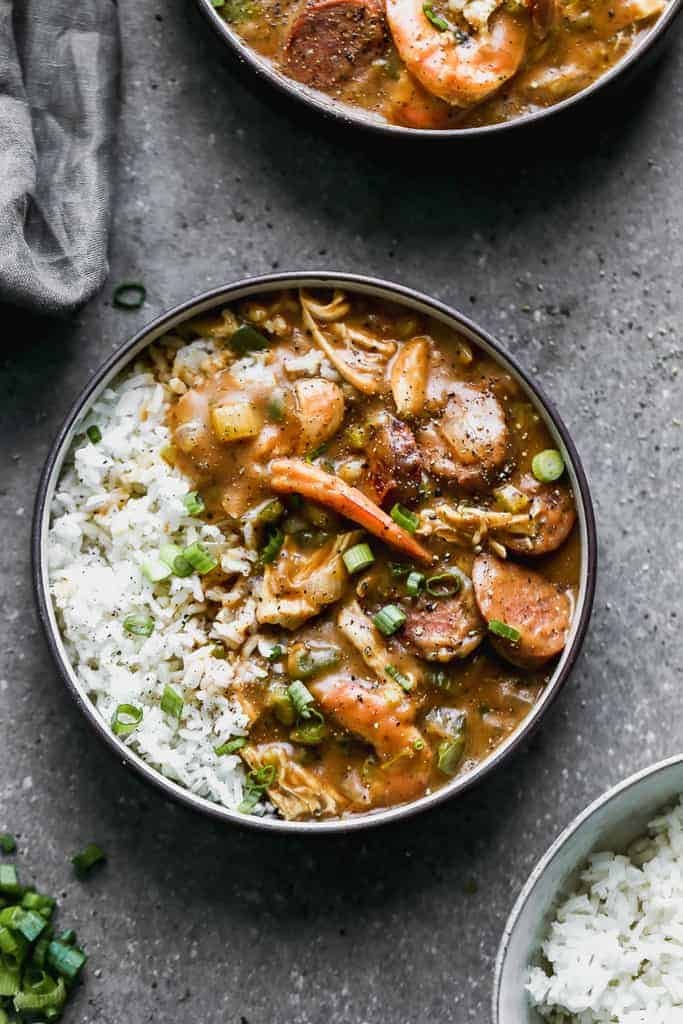
Flavor, texture, color, and nutrition are all important factors to consider when choosing the best vegetables for gumbo.
You want a mix of vegetables that will taste good together and provide a variety of colors and textures.
Fortunately, there are a number of great vegetables that work well in this dish.
Here are 18 of the best vegetables for gumbo:
1. Tomatoes

Tomatoes add freshness, acidity, and sweetness to gumbo, and are an essential ingredient in this classic dish.
See Also: What Bread to Serve with Gumbo (15 Breads)
When working with tomatoes, always use fresh diced tomatoes for the best flavor.
Canned diced tomatoes can be used in a pinch, but they will not taste as good as fresh.
If you are using fresh tomatoes, make sure to remove the seeds before adding them to the gumbo.
Pro Tip: To remove the seeds from a tomato, cut the tomato in half crosswise and gently squeeze each half over a bowl.
The seeds will fall out and can be discarded.
2. Bell Peppers

Bell peppers come in different colors and flavors, but they all work great in gumbo.
You can use green, red, or yellow peppers, or a mix of all three.
Bell peppers add sweetness and crunch to the gumbo, and they also help to thicken the soup.
Pro Tip: When cutting bell peppers, be sure to remove the seeds and ribs from the inside of the pepper.
These can make the gumbo taste bitter.
3. Green Onions
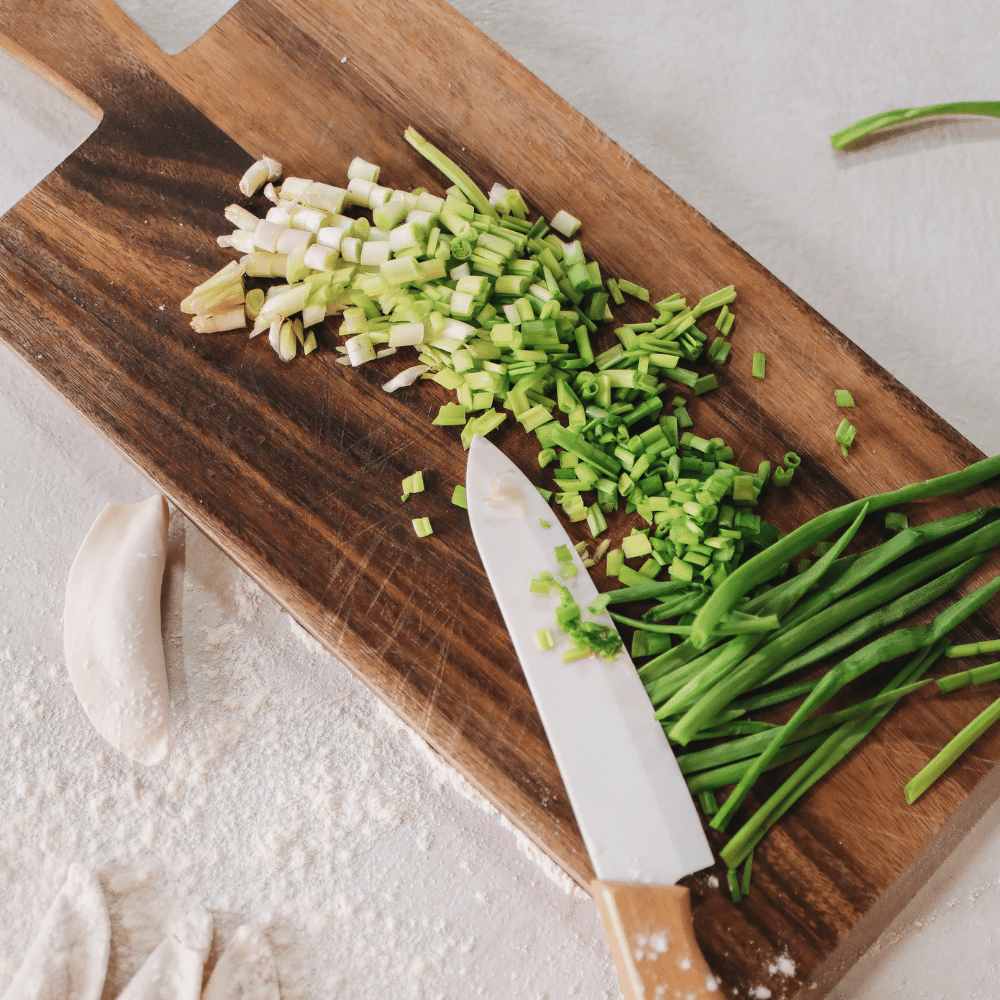
Green onions are quite mild in taste, and are used more for their color and texture than for their flavor.
They’re a good choice for gumbo because they don’t add a lot of flavor to the dish, but they do add a nice crunch.
Pro Tip: When working with green onions, be sure to give them a good rinse before using them.
They tend to be quite sandy and can really ruin the texture of your dish if you don’t get rid of the sand first.
4. Celery

Celery has a character leafy and earthy taste that is unique among vegetables.
It can be eaten raw or cooked, and is a common ingredient in soups and stews like gumbo.
When cooking with celery, make sure to give it a good chop so it breaks down and releases its flavor into the dish.
Pro Tip: Save the celery leaves to use as a garnish.
They add a nice touch of color to your finished dish.
5. Garlic
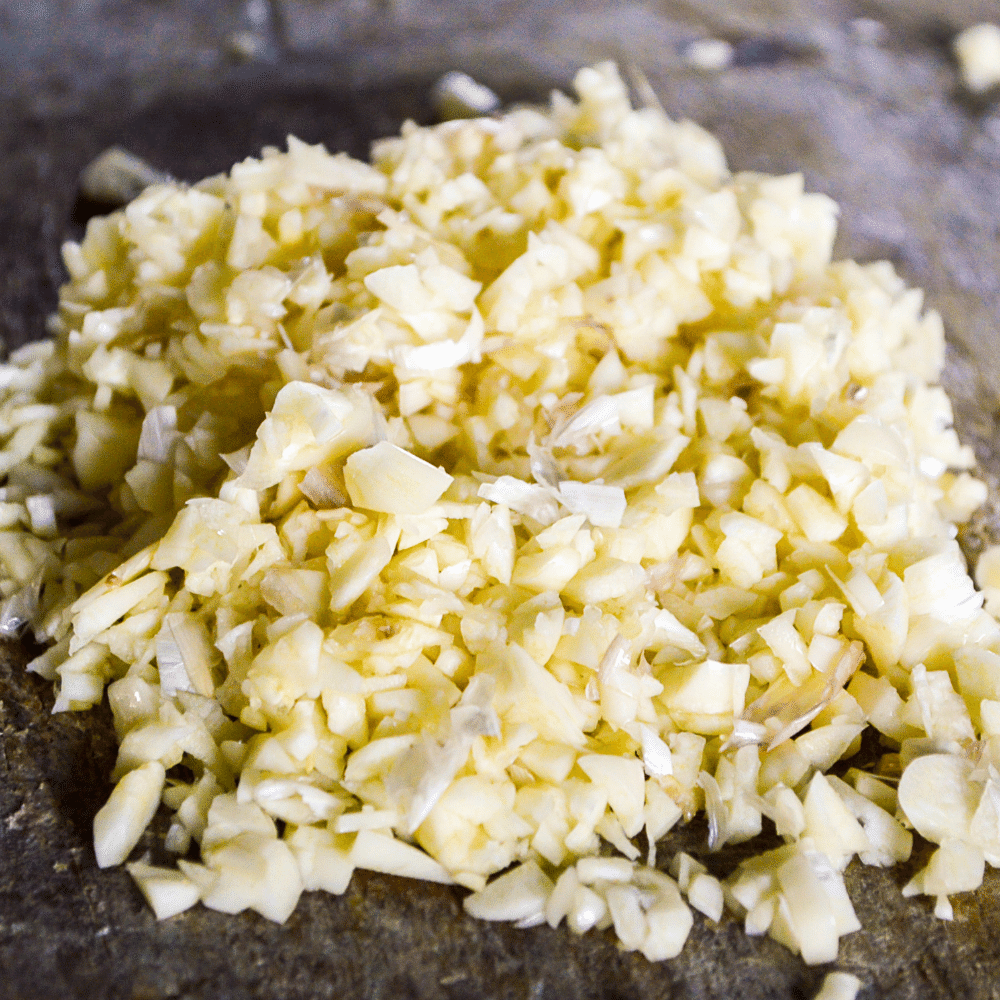
Garlic is a powerhouse of flavor and one of the most important ingredients in gumbo.
It’s also one of the easiest vegetables to use.
You can buy garlic that is already peeled and minced, or you can buy whole cloves and mince them yourself.
If you’re using fresh garlic, be sure to chop it finely so that it doesn’t overpower the other flavors in your gumbo.
Pro Tip: When working with garlic, be sure to use a sharp knife and chop it as finely as possible.
This will help to prevent the garlic from overpowering the other flavors in your gumbo.
6. Okra
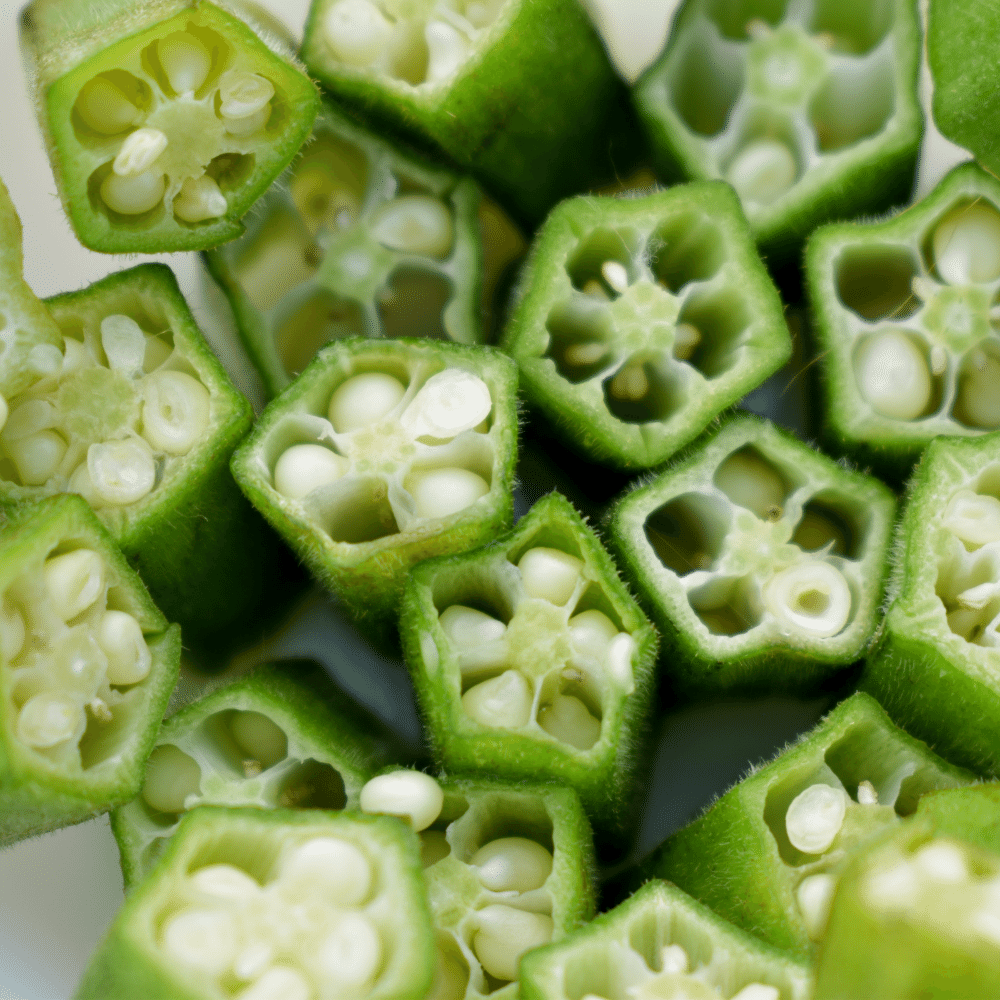
Okra has a sweet, grassy flavor and a slightly mucilaginous texture.
The okra pods are used in the dish and are typically cut into 1/2-inch pieces.
When working with fresh okra, it is important to remove the stem as it can be quite tough.
To do this, simply make a lengthwise cut along the side of the okra pod and then pull the stem away from the flesh of the pod.
Pro Tip: If you find that your okra is too mucilaginous for your liking, you can cook it longer or add a acidic ingredient like lemon juice or vinegar to help balance out the dish.
7. Spinach
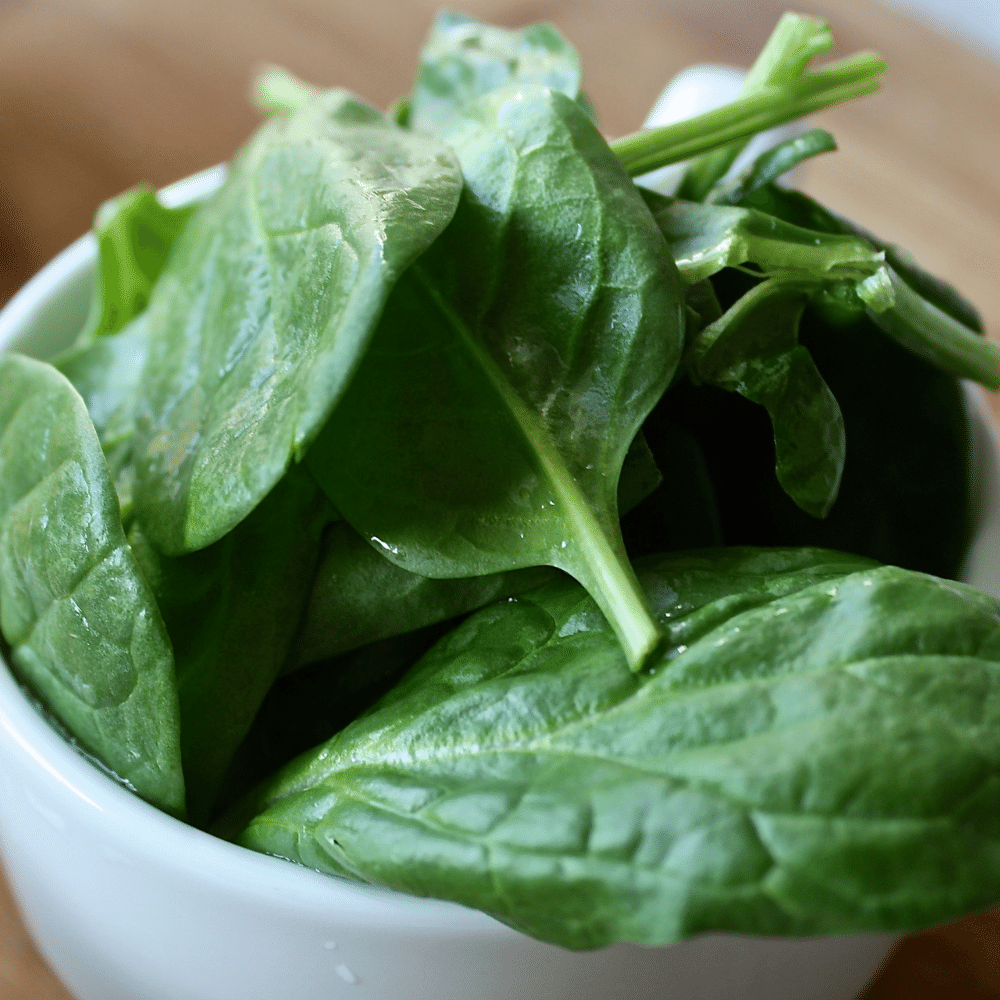
Raw spinach has a mild, slightly sweet flavor that is a perfect addition to your meal.
It also has a high water content, so it helps to thicken the gumbo as it cooks down.
When adding raw spinach to your gumbo, be sure to chop it very finely so that it breaks down easily and doesn’t overwhelm the other flavors in the dish.
Pro Tip: If you don’t have time to chop the spinach, you can run it through a food processor or blender to get a nice, fine chop.
8. Eggplant

Eggplant is tender, mild, and sweet, making it a perfect candidate.
It’s also packed with nutrients and vitamins.
While you can use any type of eggplant in your gumbo recipe, I prefer to use Chinese or Japanese eggplants because they’re less seedy than other varieties.
Pro Tip: When cutting eggplant for gumbo (or any dish), be sure to use a sharp knife.
Eggplant can be tough to cut if your knife is dull, so take the extra time to sharpen it before you start cooking.
9. Zucchini

Zucchini might not pack a lot of flavor on its own, but it’s a great way to bulk up a gumbo without adding a lot of calories.
It also has a neutral flavor that won’t compete with the other ingredients in your dish.
Pro Tip: When cutting zucchini, use a sharp knife and cut it into uniform pieces so it will cook evenly.
10. Yellow Squash
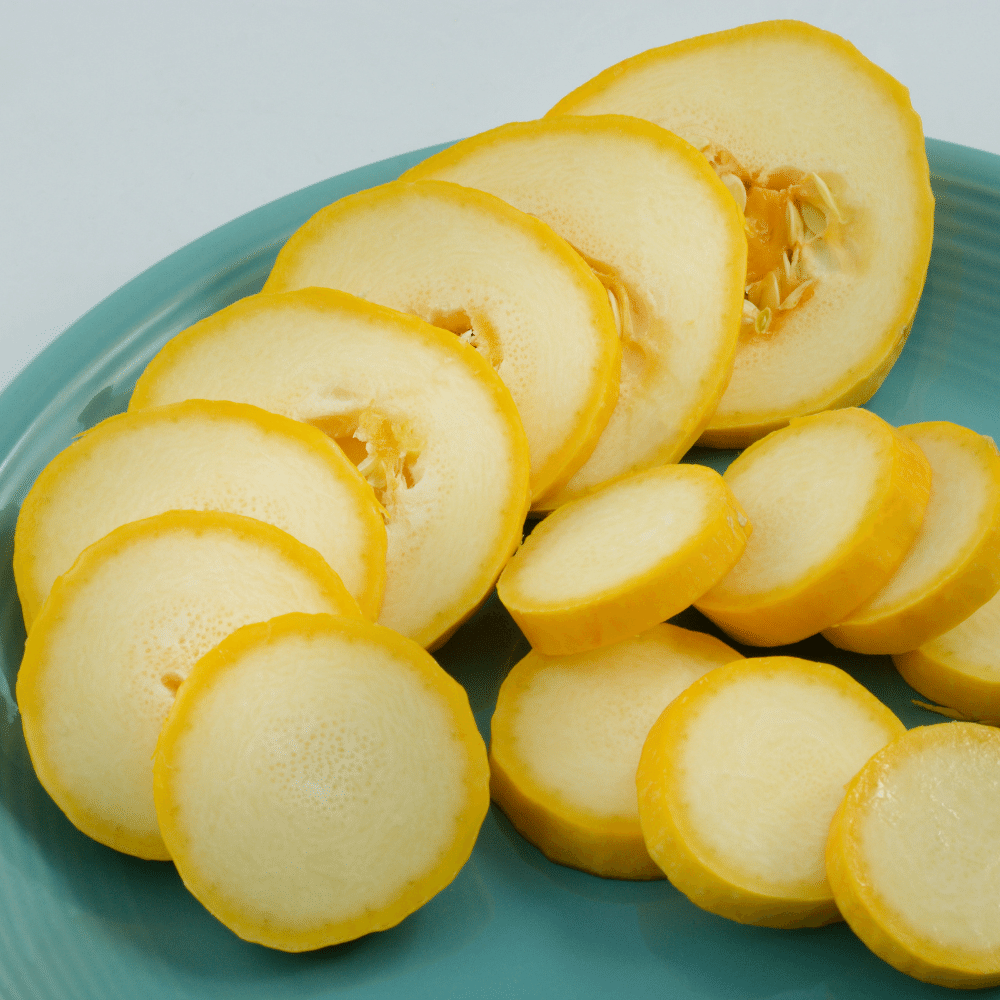
Yellow squash is quite mild in flavor, so it’s a great addition to recipes where you want the squash taste to be subtle.
It’s also a good choice when you don’t want your dish to be overly sweet.
Yellow squash is especially delicious in savory dishes like gratins, quiches, and pasta bakes.
Pro Tip: When cutting yellow squash, use a sharp knife and cut on a cutting board.
A dull knife will cause the squash to bruise and a slippery surface will make it more difficult to control your cuts.
11. Carrots

Carrots add texture, color, and sweetness to a dish.
They can be used in savory or sweet recipes, and are especially good in soups and stews.
When cooking with carrots, always cut them into uniform pieces so they cook evenly.
If you’re using carrots in a raw dish like a salad, julienne or grate them for the best texture.
Pro Tip: When roasting carrots, toss them with a little bit of honey before adding them to the pan.
The natural sugars in the honey will caramelize as the carrots roast, giving them a delicious flavor.
12. Turnips

Turnips have a spicy undertone that is similar to radishes, but not as sharp.
See Also: 50 Best Soups with Turnips
When cooked, they become sweet and take on a creamy texture that makes them perfect for soup recipes.
Turnips are also a great source of fiber and vitamins.
Pro Tip: When adding turnips to soup, I like to add them in the last 20-30 minutes of cooking so they don’t become mushy.
This way, you still get that nice creamy texture without sacrificing any flavor.
13. Potatoes
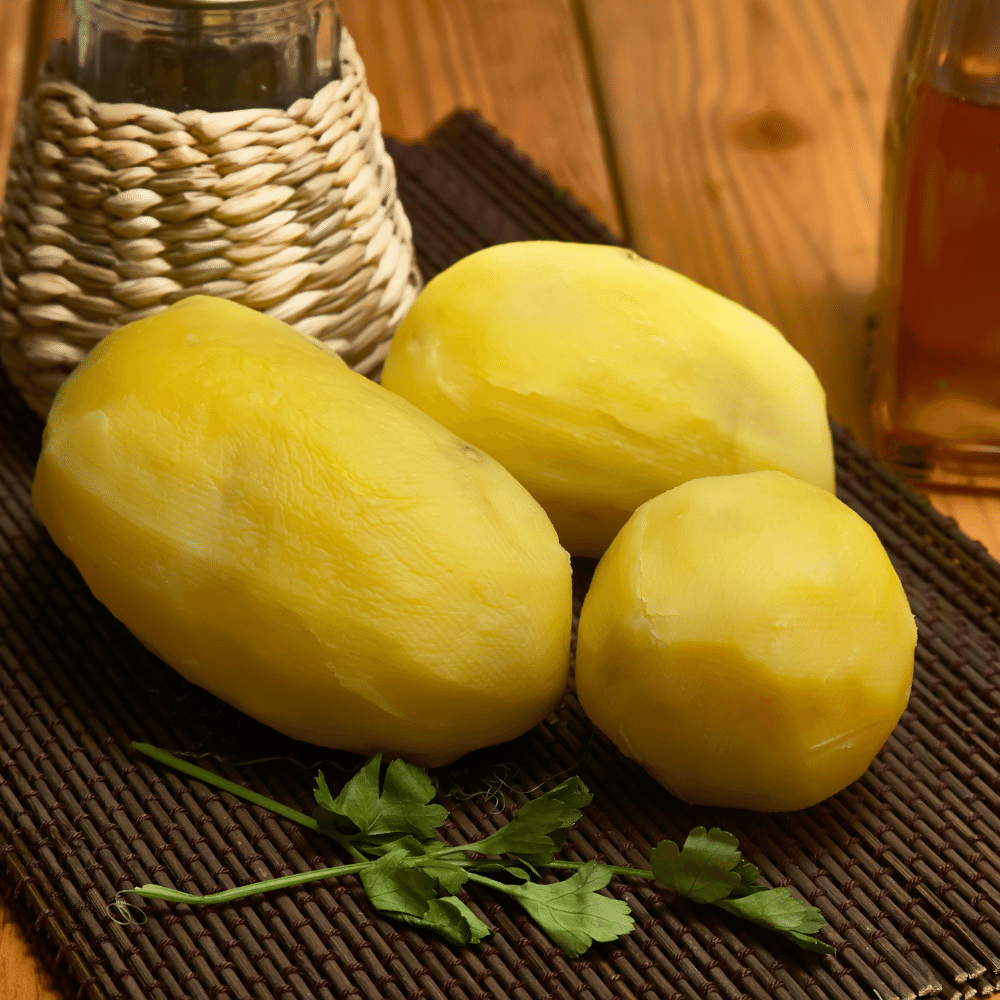
Potatoes are filling, satisfying, and cheap—no wonder they’re such a popular soup ingredient.
They also happen to be packed with nutrients.
When it comes to soup recipes, potatoes can act as a thickener (especially starchy varieties like russet potatoes), or they can be left in chunks for a heartier soup.
Pro Tip: For the best texture, add diced potatoes to soups towards the end of cooking so they don’t turn into mush.
14. Mushrooms
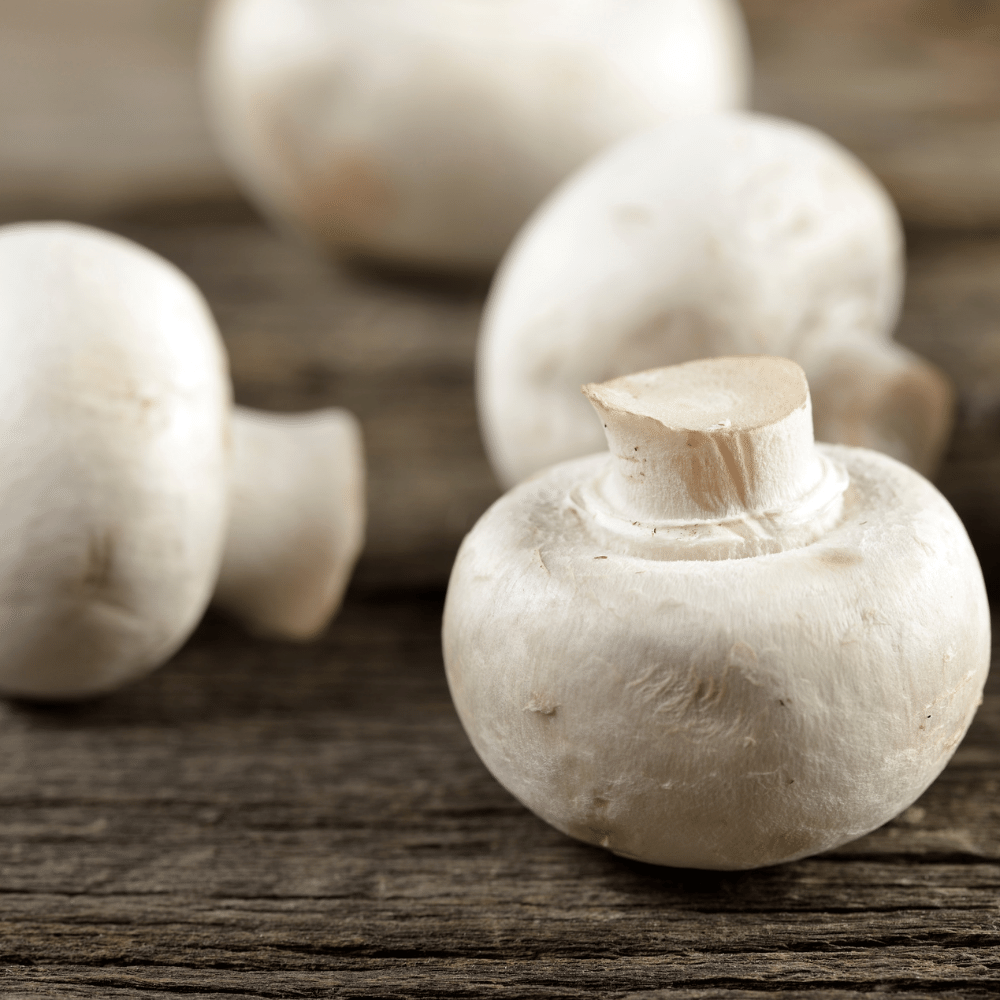
No surprise here – mushrooms are amazing in soup.
They have a deep, rich flavor that can really elevate a dish.
And they’re also packed with nutrients.
So if you’re looking to add more mushrooms to your diet, soup is a great way to do it.
Pro Tip: When adding mushrooms to soup, cook them separately from the other vegetables.
This will prevent them from absorbing all the liquid and becoming mushy.
15. Peas
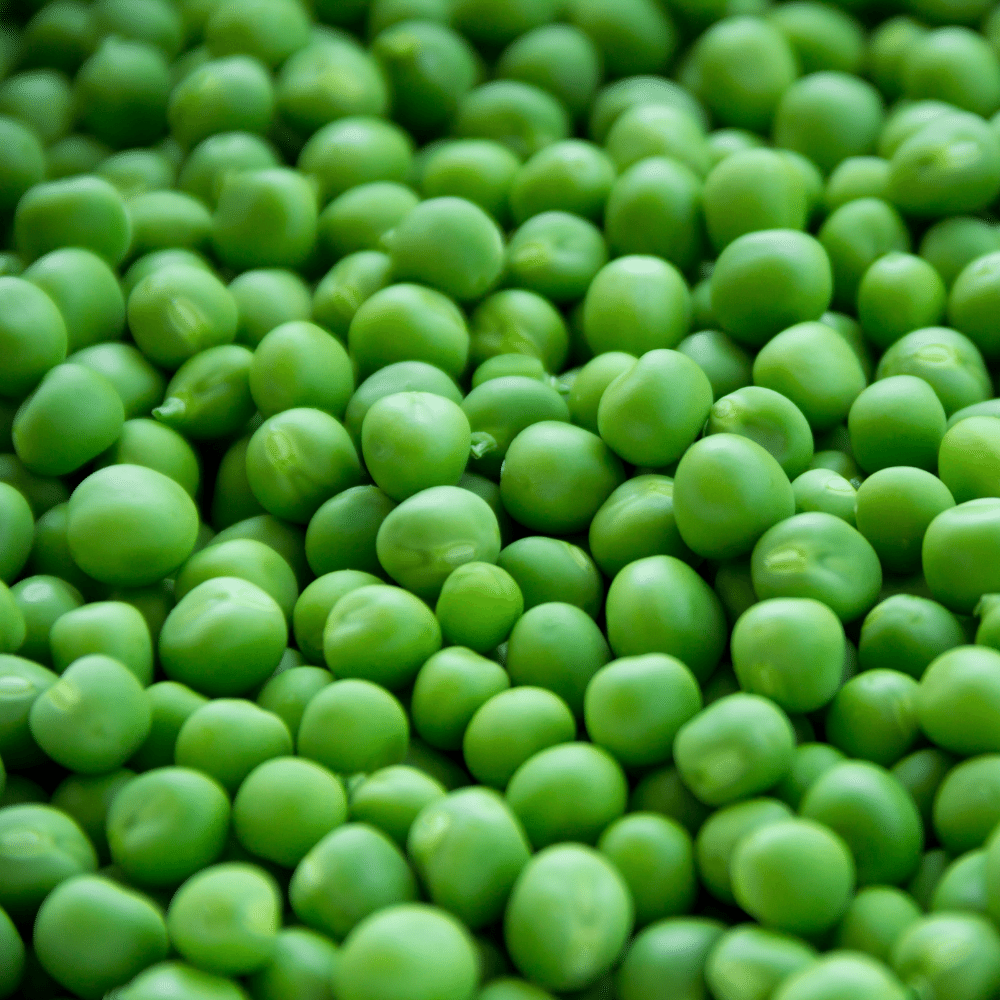
Peas are like little balls of flavor, and they go great in any soup recipe.
There are a few ways to add peas to soup.
One is to simply add them right into the pot when you’re cooking the soup.
Another way is to cook the peas separately and then add them in at the end.
This is a good method if you want to avoid overcooking the peas.
If you’re using frozen peas, there’s no need to thaw them first.
Just add them straight from the freezer into the pot.
16. Corn
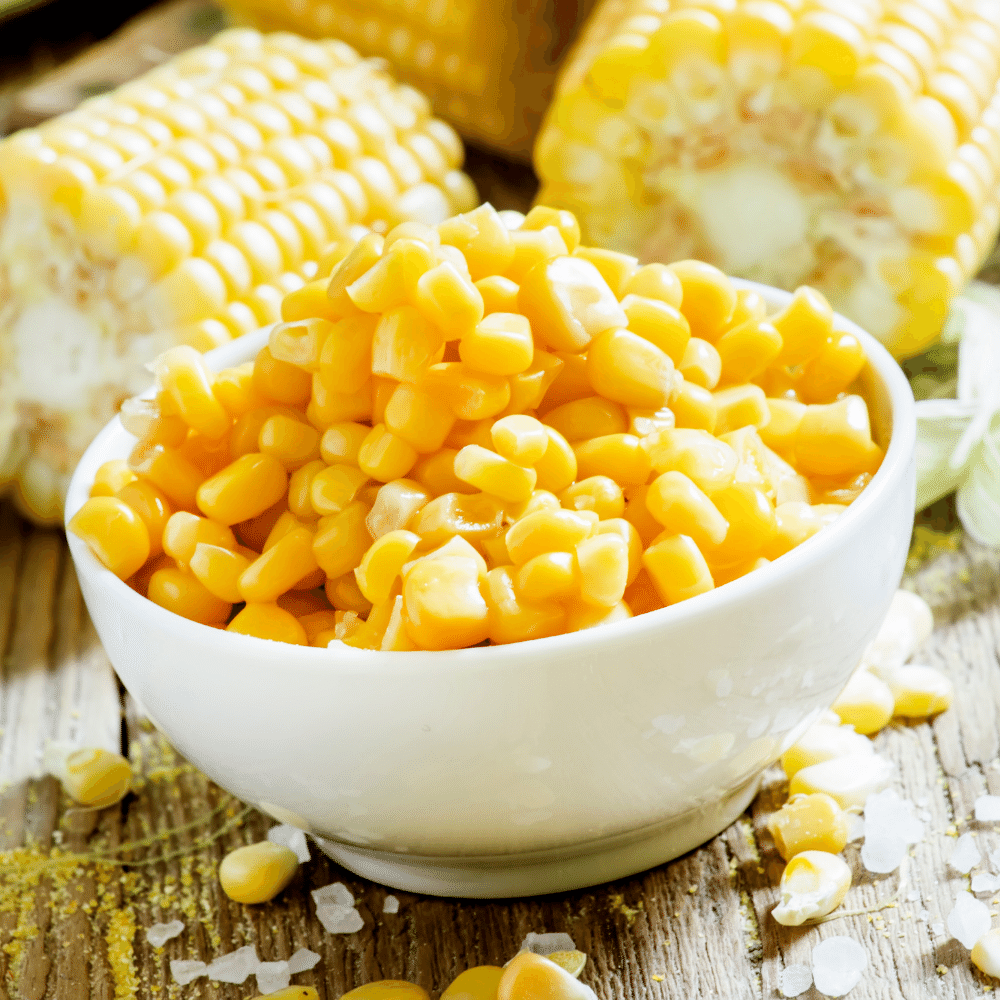
Corn adds color, sweetness, and a little bit of crunch to any soup recipe.
Here are a few ways to add corn to your soup:
- Cut the kernels off the cob and add them in at the beginning of cooking.
- Add a can of whole kernel corn, drained, at the beginning of cooking.
- Add a can of cream style corn, undrained, at the end of cooking.
17. Green Beans

Green beans are usually known for being roasted or sautéed as a side dish, but they’re also great in soup!
They add a nice crunch and bright green color.
Here are a few ways to add green beans to soup:
- Cut them into bite-sized pieces and add them in at the beginning of cooking.
- Or, blanch the beans first by boiling them for a minute or two, then shock them in cold water. This will help them keep their color when added to soup later on.
- Another option is to roast the green beans in the oven with a little bit of olive oil and salt. Then, add them to the soup at the end for extra flavor.
Pro tip: If you have leftover green beans that are starting to get mushy, don’t throw them out!
Chop them up and add them to your next batch of soup for extra veg and flavor.
18. Onion

Onion is simply great for adding flavor to any gumbo recipe.
You can add it in at the beginning to cook along with the other ingredients, or you can add it in towards the end to give the soup a fresh onion flavor.
And, of course, you can always top off your soup with some chopped onions for a little extra flavor and crunch.
If you really want to ramp up the onion flavor in your soup, you can roast them first.
Just cut them into big chunks, toss with some olive oil and salt, and roast in a 400 degree oven until they’re nice and brown.
Then add them to your soup and enjoy!
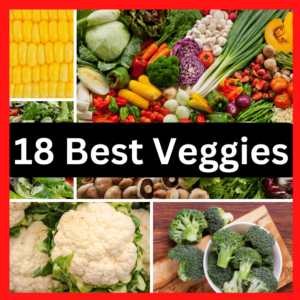
What Vegetables Go in Gumbo? 18 Best Vegetables
Ingredients
- Tomatoes
- Bell Peppers
- Green Onions
- Celery
- Garlic
- Okra
- Spinach
- Eggplant
- Zucchini
- Yellow Squash
- Carrots
- Turnips
- Potatoes
- Mushrooms
- Peas
- Corn
- Green Beans
- Onion
Instructions
- Choose your favorite veggies from this list to add to your gumbo recipe.
- Prepare the rest of your meal.
- Enjoy in no time!
Hi, I'm Benjamin. I love cooking, long walks, and my girlfriend! Here you’ll find simple and delicious recipes that you can make in 30 minutes or less.

